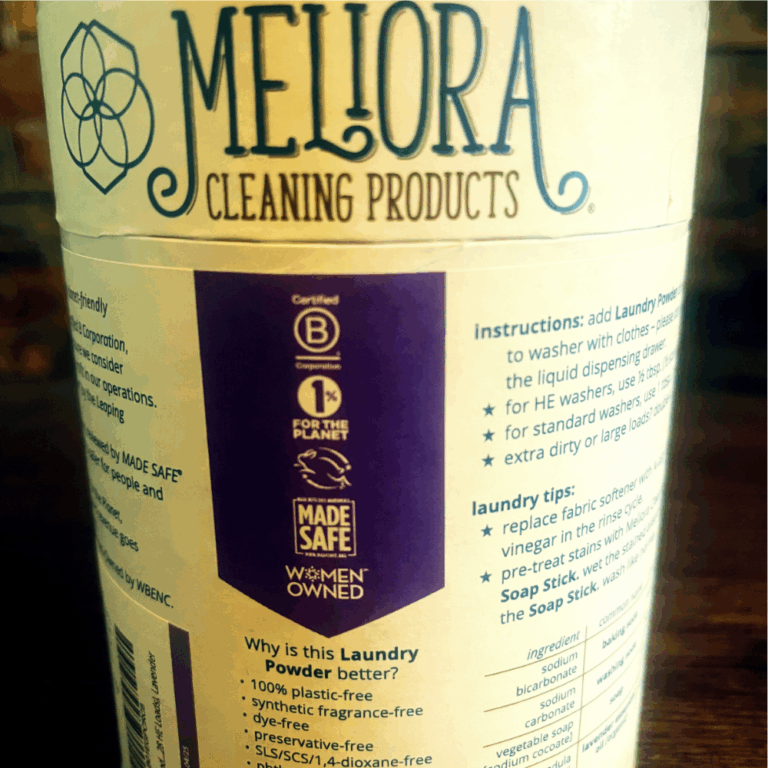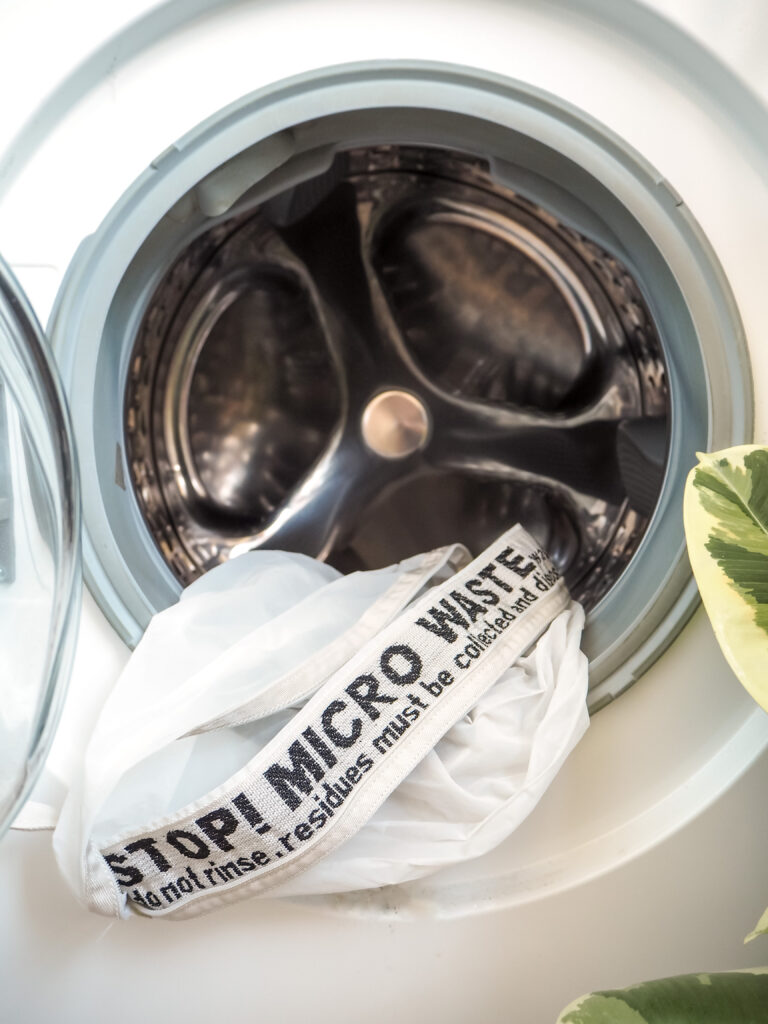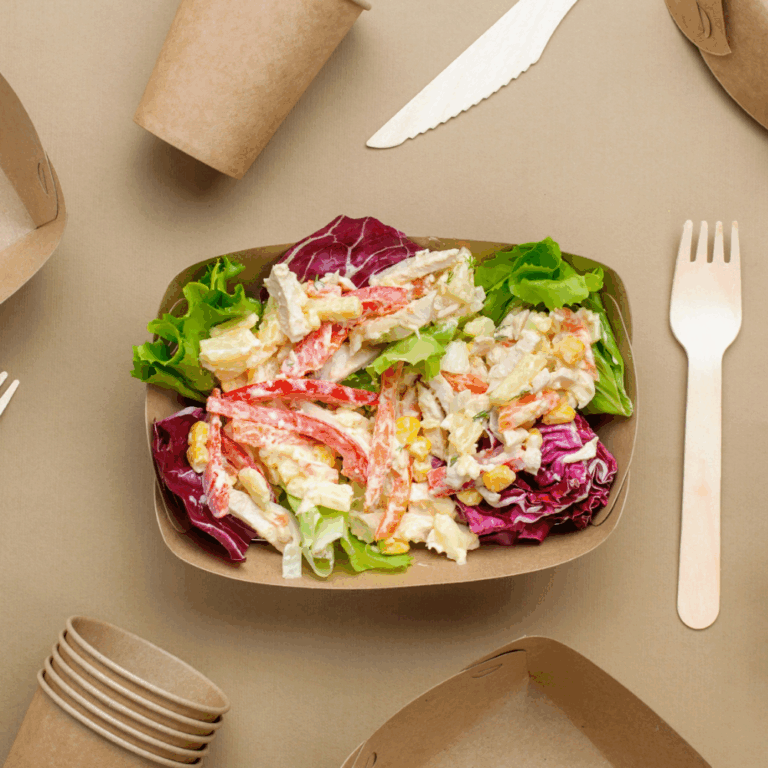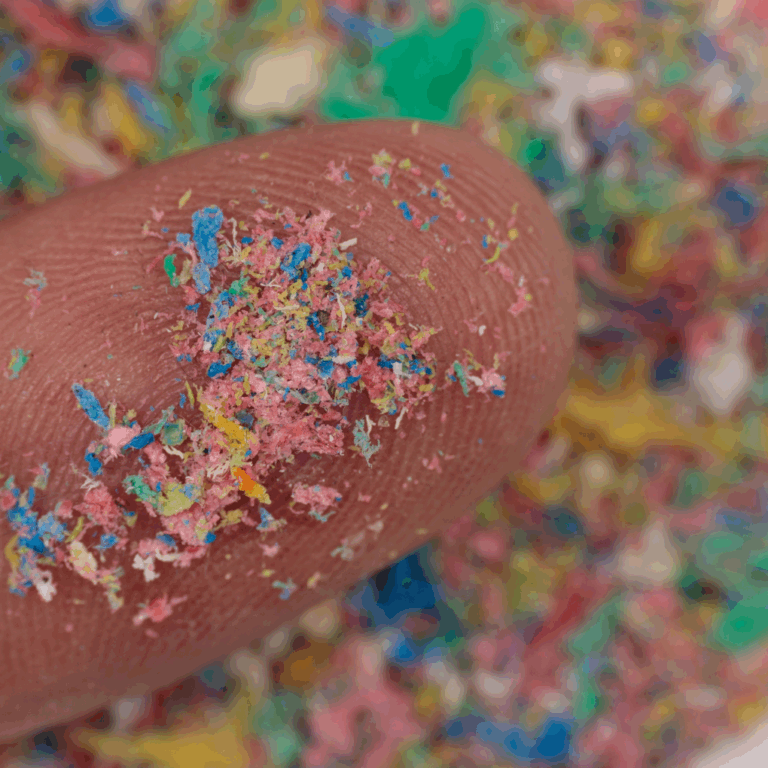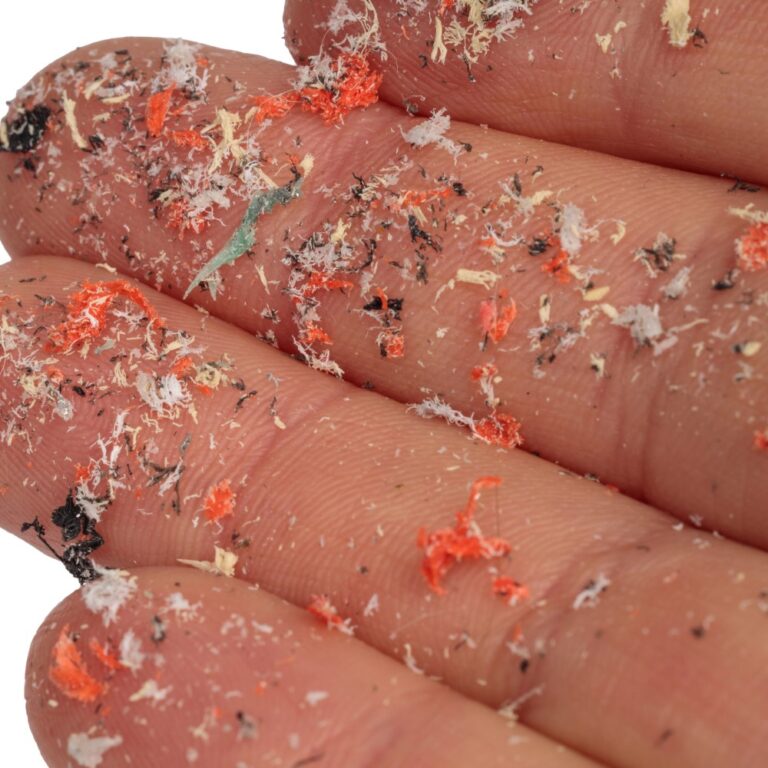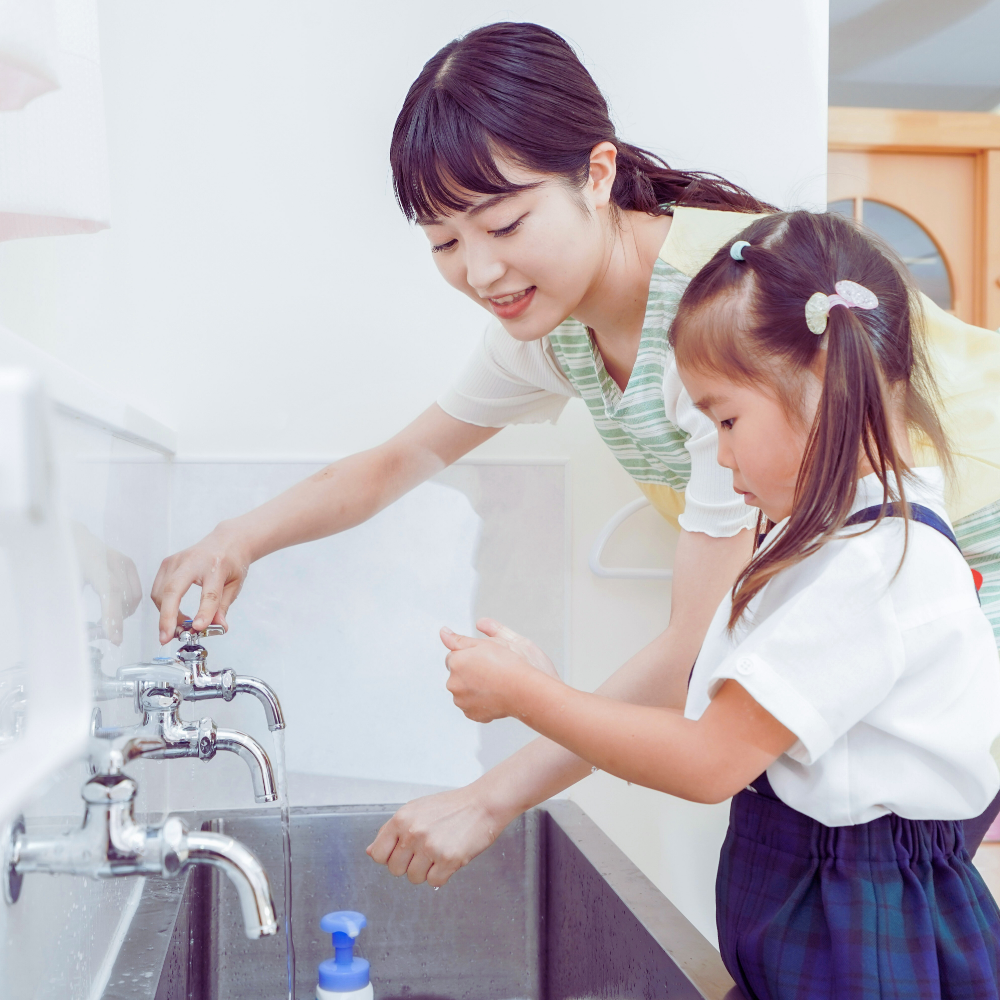
We use water daily to cook, clean, hydrate, and keep things growing. But for something so essential, it’s surprisingly easy to take for granted. Open a tap, and it’s there. No second thought. Yet the reality is, freshwater is a finite resource, and much of what we use at home gets wasted without us even realizing it.
The average U.S. household uses more than 300 gallons of water per dayy1, and a big chunk of that could be saved with simple changes. Leaky faucets, long showers, thirsty lawns it all adds up.
Add in rising utility bills and increasingly unpredictable weather patterns, and water conservation isn’t just about being eco-conscious, it’s about being prepared, resourceful, and part of a much-needed shift.
Saving water at home doesn’t have to be complicated. This guide offers 10 easy, practical tips to help reduce waste, lower your bills, and support a more sustainable way of life, starting with what you do right at home.
Why Is It Important to Conserve Water?
Let’s be honest, most of us notice water waste when it shows up on the utility bill. And that’s a fair place to start. Using less water at home can save you money on your monthly bill, the energy it takes to heat water, and even on repairs by easing the strain on appliances and plumbing systems. Simple shifts in daily habits can lead to real, noticeable savings.
But the impact doesn’t stop at your sink or shower.
Freshwater might feel abundant, but only about 1% of the world’s water is actually usable2 — and our demand keeps growing. That means what we do at home directly affects a much larger system.
Here’s why water conservation matters
Protects Local Water Supplies
Every time we use less water at home, we’re helping reduce the overall demand on our municipal systems and groundwater reserves. That matters more than ever during droughts, heatwaves, or periods of high seasonal use, when supplies can be stretched thin. When neighborhoods conserve water collectively, it helps ensure there’s enough to go around, not just for households, but also for firefighters, hospitals, and essential services. In many areas, reducing household water use can even help prevent the need for restrictions or rationing.
It Supports Ecosystems
Freshwater ecosystems, including rivers, lakes, wetlands, and underground aquifers, are among the most biodiverse and fragile environments on the planet. These natural systems rely on steady, balanced water flow to thrive. When water is over-extracted for human use, it can lead to shrinking habitats, dried-up streams, and stressed plant and animal life. By conserving water at home, we help maintain the natural rhythms of these ecosystems, supporting everything from migrating birds to local fish populations and pollinators that rely on healthy waterways.
Lowers Energy Use
Water and energy are more connected than most people realize. It takes a significant amount of electricity to treat, pump, and heat water, from collecting it to your tap to heating it for your shower. According to the Department of Energy, water-related energy use accounts for approximately 13% of household electricity in the U.S.3 Therefore, when you conserve water, you’re also indirectly reducing energy use and lowering greenhouse gas emissions. It’s a double win for the planet and your utility bill.
For context, over 2 billion people worldwide live in areas facing water stress3. While one shorter shower won’t fix that overnight, millions of small changes can.
How to Conserve Water at Home: 10 Everyday Habits
You don’t need a complete lifestyle makeover to start saving water, just a few thoughtful changes to your daily routine. From dishwashing to garden care to brushing your teeth, there are simple ways to use less without sacrificing comfort or convenience. Let’s start with one of the most common (and sneaky) wasted water sources: household leaks.
1. Fix Leaks You Didn’t Know You Had
That little drip from the bathroom faucet might not seem like a big deal, but it adds up more than you think. A single leaky faucet can waste over 3,000 gallons of water annually, enough to do 100 loads of laundry. A running toilet can drain up to 200 gallons a day,4 silently raising your water bill while doing no one any favors.
The thing is, not all leaks are apparent. Some hide in plain sight behind walls, under sinks, or in silent toilet tanks. The EPA even refers to them as “silent water wasters.”
Here’s how to do a quick home leak check:
- Toilets: Drop a little food coloring or natural dye into the toilet tank (not the bowl). Wait 10 minutes without flushing. If color shows up in the bowl, you’ve got a slow leak.
- Faucets & Showerheads: Listen for drips and check connections. Even tiny leaks can waste gallons over time.
- Water Meter Test: Turn off all water inside and outside your home. If the meter is still moving after an hour, there’s likely a hidden leak somewhere.
If you’re not sure where to start, the EPA’s Fix a Leak Week page offers easy how-to guides and repair tips. Alternatively, you can check out this YouTube tutorial from DIY On The House.
2. Switch to Water-Efficient Fixtures
Swapping out old fixtures for water-efficient ones might not sound exciting, but it’s one of the easiest and most impactful upgrades you can make at home. And don’t worry — these days, “low-flow” doesn’t mean “low-pressure.” Modern designs are efficient and effective, giving you the same clean feel while using far less water.
Low-flow showerheads typically use 2.0 gallons per minute (GPM) or less, which is lower than the standard 2.5 GPM.5 That small difference adds up fast, especially for a family of four. While actual savings depend on how long and how often people shower, estimates suggest that switching to a low-flow showerhead can save thousands of gallons of water each year, without sacrificing comfort or pressure.
Water-efficient faucets use built-in aerators and flow restrictors to reduce water use without sacrificing pressure. That makes them a smart choice for kitchens and bathrooms, where faucets are used frequently. Today’s designs are made to perform just as well as traditional models, so you get the function you need, with the bonus of saving water and supporting a more sustainable home.
WaterSense-labeled toilets and dual-flush models allow you to use less water when you don’t need a full flush—typically a lower volume for liquids and a higher one for solids. This simple choice can reduce water use by 20–60% per flush, adding noticeable savings on your water bill and helping conserve valuable resources over time.6
When shopping for water-saving fixtures, look for the WaterSense label, essentially the Energy Star of water conservation. Backed by the U.S. Environmental Protection Agency (EPA), this certification guarantees that a product meets strict efficiency and performance standards.

pro tip
WaterSense-labeled rebates
Many local utilities offer rebates or incentives when you install WaterSense-labeled products, making upgrading even more affordable. Before purchasing, check with your local water provider or visit this site to determine if rebates are available in your area.
3. Upgrade to an Eco-Friendly Washing Machine or Dishwasher
If your washing machine or dishwasher has been around since the early 2000s (or, let’s be honest, even before that), it might be time for an upgrade. Modern ENERGY STAR® certified appliances are designed to be far more efficient than older models, using less water and energy while still cleaning your clothes and dishes.
And here’s something many people don’t realize: washing machines are a significant source of microplastic pollution in our homes. Every time we wash synthetic fabrics like polyester, nylon, or acrylic, they shed tiny fibers, sometimes as many as 640,000 to 1.5 million microfibers per kilogram of fabric, depending on the type of garment.7 These fibers often slip through wastewater treatment systems and end up in rivers, oceans, and soil.
There are tools to help. Microplastic filters, like the Guppyfriend Washing Bag, PlanetCare filter, or Lint LUV-R, are designed to catch these fibers before they leave your machine. They’re a simple way to keep your laundry routine cleaner for the planet, without changing how you wash your clothes.
helpful tips
Maximize your water (and energy) savings:
Washing Machine Tips
- Only run full loads
Washing half-loads wastes water and energy, even in high-efficiency machines. - Wash with cold water when possible
Heating water accounts for up to 90% of a washer’s energy use. Cold water detergents work just as well for most loads. - Use eco or quick wash cycles
These settings use less water and energy while still getting clothes clean—ideal for lightly soiled laundry. - Air-dry when you can
Skip the dryer to save energy and extend the life of your clothes.
Dishwasher Tips
- Only run full loads
Just like with laundry, wait until your dishwasher is full to maximize efficiency. - Skip the pre-rinse
Modern dishwashers are designed to handle food residue. Scrape off scraps and let the machine do the rest. - Use the eco or energy-saver cycle
These settings reduce water temperature and cycle time, saving both water and electricity. - Turn off heated dry
Let dishes air-dry by cracking the door open after the cycle ends—it’s energy-free and just as effective.
Related Article: Eco-Friendly Laundry Detergent: Cut the Chemicals and Microplastics from Your Wash
4. Rethink Outdoor Watering Habits
Your garden might be gorgeous, but if it’s gulping down gallons of water every day to stay green, it might be time for a refresh, not just in looks, but in how it’s cared for. Outdoor watering can account for up to 30% of household water use; in dry regions, that number can shoot even higher.8 The good news? You can keep your plants happy without draining your water supply.
Start with timing: Water your garden in the early morning or late evening. This helps avoid the midday sun, which causes rapid evaporation, meaning less water actually reaches your plant roots. Bonus: Morning watering reduces the risk of mold and mildew compared to watering at night.
Next, ditch the sprinklers (especially the overhead kind that spray more sidewalk than soil) and switch to drip irrigation or soaker hoses. These systems deliver water slowly and directly to the base of the plant, where it’s needed most, with minimal waste. They’re surprisingly easy to install, and they work wonders for veggie beds and flower gardens.
And here’s where the magic happens: plant smarter. Fill your yard with native plants and drought-tolerant species that are specifically designed to thrive in your local climate. These low-maintenance beauties require far less watering, fertilizing, and fussing, and they often support local pollinators too.
5. Collect and Reuse Rainwater
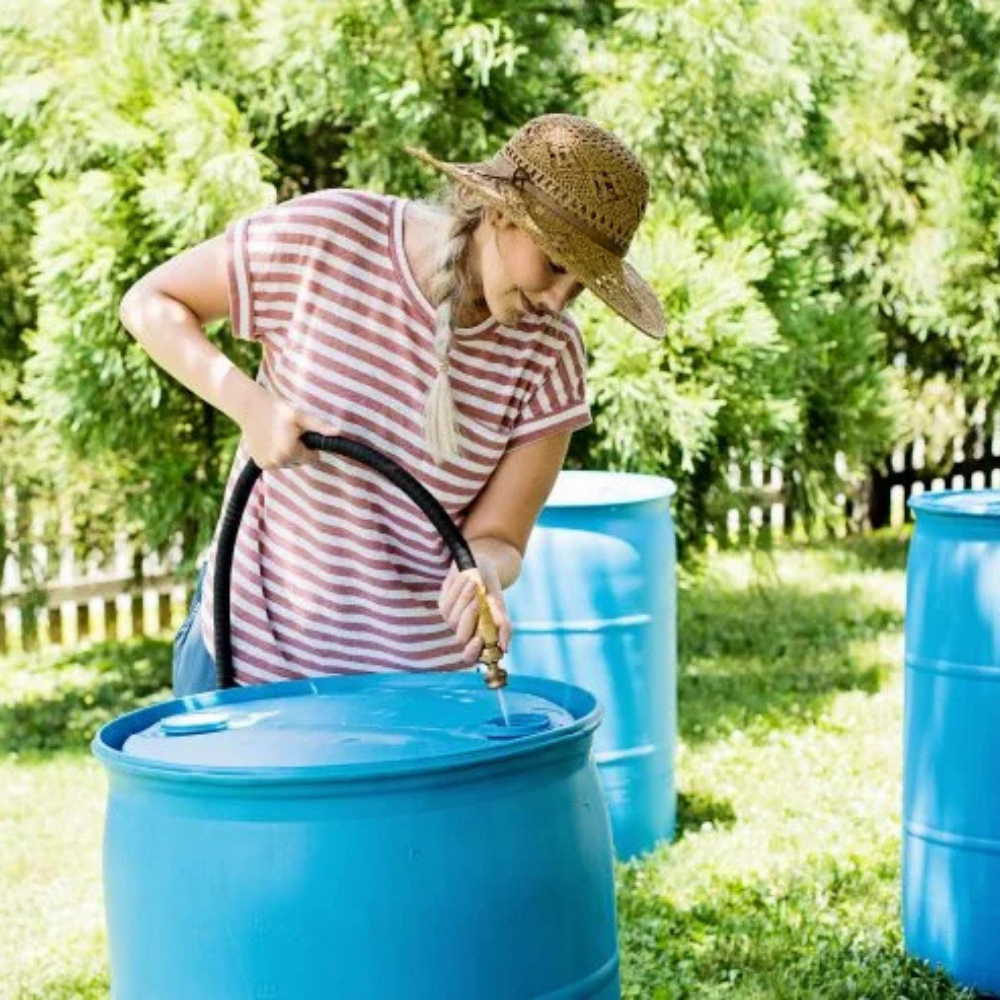
When rain hits your roof, it usually ends up in the gutter and down a storm drain, but with a bit of intention (and a barrel), that free water can be put to work right at home. Rainwater harvesting is a simple, low-tech way to reduce your dependence on treated tap water for tasks that don’t require it.
Explore this DIY tutorial from HGTV to learn how to make your rain barrel system.
Installing a rain barrel under your downspout is one of the easiest ways to get started. Most hold between 40 and 80 gallons of water and can be set up in a matter of hours. Once collected, you can use that water for:
- Watering garden beds or houseplants
- Washing outdoor furniture
- Filling birdbaths
- Cleaning tools or muddy boots
- Even flushing toilets (if you’re feeling ambitious and set up a greywater-compatible system)
Just a heads up: rainwater collected from roofs is non-potable, meaning it’s unsafe to drink or use for cooking. Avoid using it directly on edible parts of vegetables unless you filter it or water at the soil level. And always keep your barrel covered with a lid or mesh to prevent mosquito breeding and debris buildup.
don’t forget
Check your local laws
While rainwater harvesting is encouraged in most U.S. states, a few areas have restrictions or guidelines you’ll want to follow. Colorado, for example, allows rain barrels but limits the amount that can be stored. A quick search using your zip code and “rainwater harvesting laws” should provide the information you need.
Real-Life Impact: A Case Study
Eric Haas, a California resident, installed a rainwater and greywater system in his home, reducing his daily water usage from 124 gallons to just 39 gallons. This initiative not only conserved water but also served as a model for sustainable living. Read more here.
6. Skip the Hose: Smarter Car and Patio Cleaning
It’s tempting to reach for the hose when your patio’s dusty or your car’s coated in pollen, but here’s the splash of reality: using a hose to clean your driveway, sidewalk, or car can waste up to 100 gallons of water in just 10 minutes. That’s like pouring out a full bathtub… ten times over.
The fix? It’s easy and doesn’t mean lowering your cleaning standards.
Grab a broom or leaf blower first for outdoor areas, such as patios, sidewalks, and decks. You’ll knock away most of the dust and debris without using a single drop of water. For stuck-on messes, try spot cleaning with a bucket of soapy water and a scrub brush. It’s more targeted and much less wasteful than hosing down everything in sight.
And when it comes to your car, ditching the driveway wash can save 60 to 100 gallons per vehicle. Consider these smarter alternatives:
- Use a waterless car wash product — many are biodegradable and designed to lift dirt safely with a microfiber cloth.
- Visit an eco-conscious car wash — commercial car washes often recycle water and use efficient spray nozzles that minimize waste.
7. Time Your Showers (and Challenge the Family!)
We all love a long, steamy shower — no judgment here — but those extra minutes can quietly add up to much wasted water. The average shower uses about 2 gallons per minute, so even cutting back by just two or three minutes can save hundreds of gallons a month for a family.
The trick? Make it fun, not a chore. Try setting a shower timer or creating a “two-song shower challenge” with your favorite playlist. Some families even turn it into a mini competition: who can get clean the quickest without skipping the shampoo?
8. Don’t Let the Tap Run
It’s one of the simplest habits to change and one of the most overlooked. Leaving the faucet running while brushing your teeth, shaving, or rinsing vegetables can waste up to 5 gallons of water every minute. That adds up fast, especially if it happens multiple times a day across multiple sinks.
- Brushing your teeth? Turn off the tap and just use it to rinse. You’ll save around 8 gallons a day per person.
- Shaving? Fill the sink with a few inches of water to rinse your razor, rather than running the tap.
- Washing produce? Use a bowl instead of the faucet and then reuse that water on your houseplants.
Need a gentle nudge? Stick a small “Turn It Off” reminder sticker near your sink or mirror. Some people use a colorful rubber band on the faucet handle, simple, visible, and surprisingly effective at breaking the habit.
9. Compost Instead of Using the Garbage Disposal
It’s easy to think your garbage disposal is the eco-friendlier option: no trash bags, no odors, no mess. But here’s the watery truth: every time you flip that switch, you use more than just electricity. Garbage disposals require a steady stream of water to function correctly, especially when grinding up fibrous or starchy food scraps. That adds up to an estimated 2 gallons of water per minute to send scraps down the drain.
Enter composting, the better way to deal with food waste. It keeps your scraps out of the trash and out of the pipes.
- Composting saves water by eliminating the need to rinse scraps down the disposal.
- It also reduces food waste, which is a huge source of methane in landfills.
- And here’s the garden glow-up: Compost naturally improves soil structure and water retention, so your plants need less watering overall. Healthier soil, happier plants, fewer hose sessions.
You don’t need a giant yard or fancy bin to get started, either. Countertop compost caddies are perfect for small kitchens, and there are odor-free options with charcoal filters. When they’re full, you can add the contents to your outdoor compost pile, drop them off at a local composting site, or sign up for a pickup service in many urban areas.
Related Article: Lomi Composter: How it Works, Benefits & Buying Guide
Related Article: Composting 101: A Beginner’s Guide to Creating Black Gold
10. Educate Your Household
You can install all the low-flow gadgets in the world, but your savings won’t go very far if the rest of the household continues to run 20-minute showers and leave faucets on full blast. Water conservation works best when it’s a team effort, and yes, even the kids can get on board.
Start by having a simple conversation turn it into something everyone can actually do.
Create a few simple household water rules, like:
- Showers under 5 minutes
- Turn off taps while brushing
- Only run full loads in the dishwasher and washing machine
- Use leftover drinking water for plants
Try a printable water-saving chart or checklist to make it more engaging for kids (and let’s be honest, forgetful adults, too). You can stick it on the fridge or bathroom mirror — somewhere it’ll be seen daily. Make it colorful, add some checkboxes, and let everyone track their wins for the week. Here’s a kids’ shower timer that makes it fun to time those 5-minute showers.
World Water Week 2025: Why It Matters for All of Us
World Water Week 2025, organized by the Stockholm International Water Institute (SIWI), will occur from August 24 to 28 in Stockholm, Sweden, and online. This year’s theme, “Water for Climate Action,” highlights the critical role water plays in addressing the climate crisis from managing droughts to building more resilient communities.
While the event brings together global experts, policymakers, and organizations, its message is just as crucial for everyday life. Protecting our water resources isn’t just a job for governments; it starts with how we use water at home, in our neighborhoods, and in our choices.
Why Learning About Water Matters
Water is at the heart of the climate conversation. Rising sea levels, longer droughts, and shrinking freshwater supplies all have real impacts on the food we grow, the health of our communities, and the future of our planet.
World Water Week 2025 will explore comprehensive solutions, including sustainable water management and global cooperation. However, it also reminds us that individual actions matter, from conserving water at home to advocating for more effective water policies in our communities.
Learning more through World Water Week can empower you with new ideas, fresh inspiration, and practical ways to be part of the solution because when it comes to water, every action counts.
This Has Been About How Can People Conserve Water at Home
Conserving water at home doesn’t require a complete lifestyle overhaul — it’s about making thoughtful, everyday choices with the resources we use. Whether it’s fixing a hidden leak or changing how we water our garden, each small shift is a step toward lower bills, a more efficient home, and a healthier planet.
While one quick shower or a single bucket of reused water might seem insignificant on its own, when millions of people start making those same changes, the collective impact adds up fast.
References
- U.S. Environmental Protection Agency. (2025, March 7). How we use water. https://www.epa.gov/watersense/how-we-use-water ↩︎
- U.S. Environmental Protection Agency. (2025, March 7). How we use water. https://www.epa.gov/watersense/how-we-use-water ↩︎
- UNESCO. (2023, March 22). Imminent risk of a global water crisis, warns the UN World Water Development Report 2023. https://www.unesco.org/en/articles/imminent-risk-global-water-crisis-warns-un-world-water-development-report-2023 ↩︎
- U.S. Environmental Protection Agency. (n.d.). Fix a Leak Week. Retrieved April 24, 2025, from https://www.epa.gov/watersense/fix-leak-week ↩︎
- Shaffer, C. (2025, February 21). 10 best low flow shower head: Reviewed for saving water. PlumbingLab. https://plumbinglab.com/best-low-flow-shower-heads/ ↩︎
- U.S. Environmental Protection Agency. (2024, May). Residential toilets. https://www.epa.gov/watersense/residential-toilets ↩︎
- De Falco, F., Gullo, M. P., Gentile, G., Di Pace, E., Cocca, M., Gelabert, L., Brouta-Agnésa, M., Rovira, A., Escudero, R., Villalba, R., & Mossotti, R. (2019). Microfiber release from real soiled consumer laundry and the impact of fabric care products and washing conditions. Scientific Reports, 9, Article 6633. https://doi.org/10.1038/s41598-019-43023-x ↩︎
- U.S. Environmental Protection Agency. (2017). Outdoor water use in the United States (EPA Publication No. 832-F-06-005). https://www.epa.gov/sites/default/files/2017-03/documents/ws-factsheet-outdoor-water-use-in-the-us.pdf ↩︎
